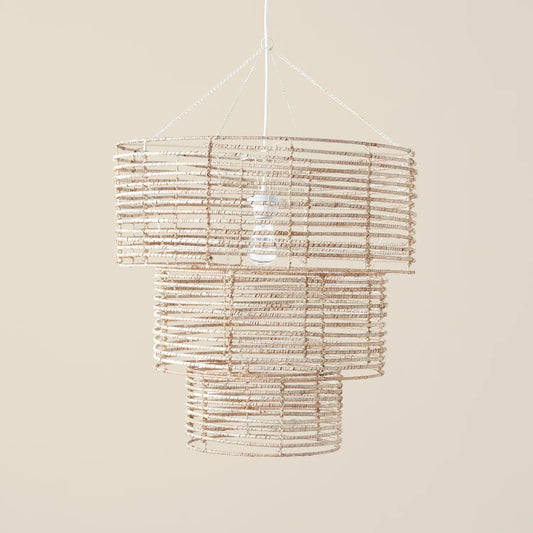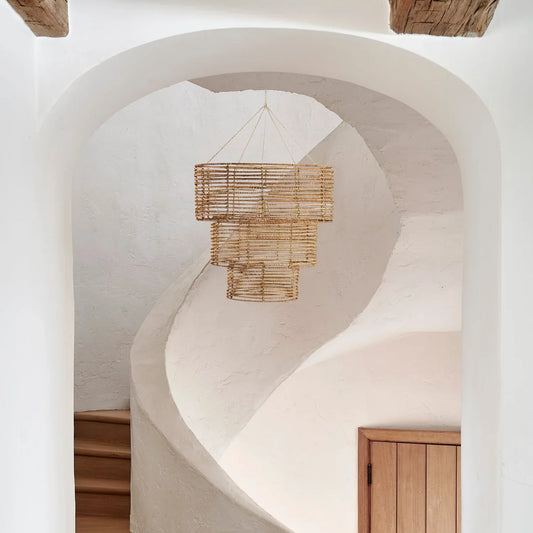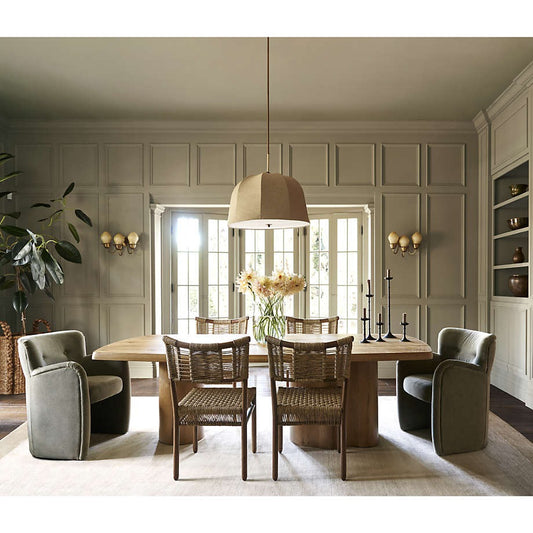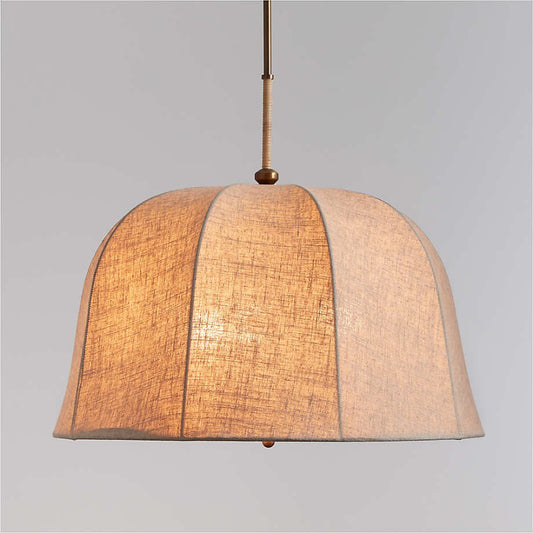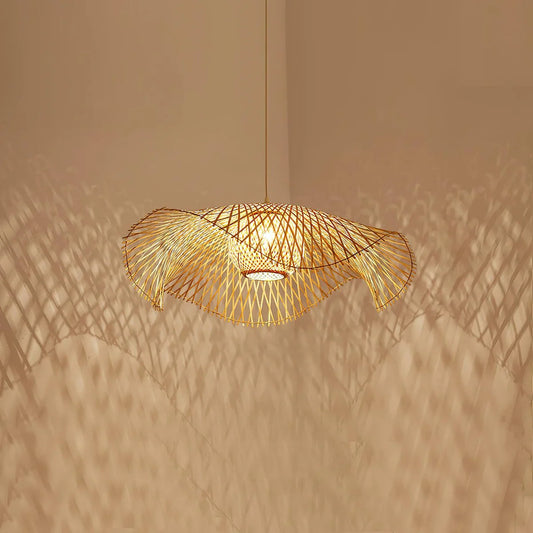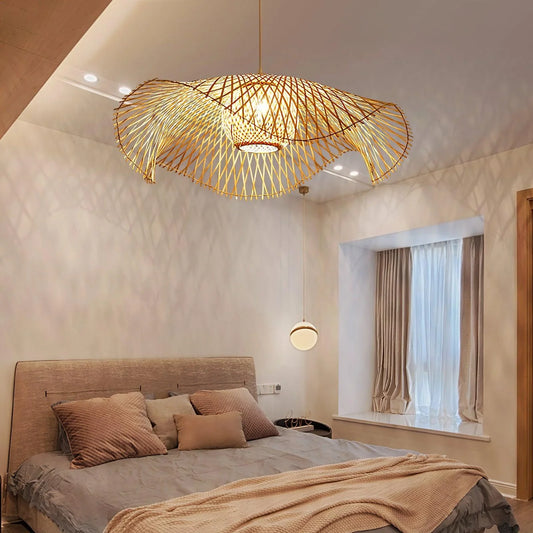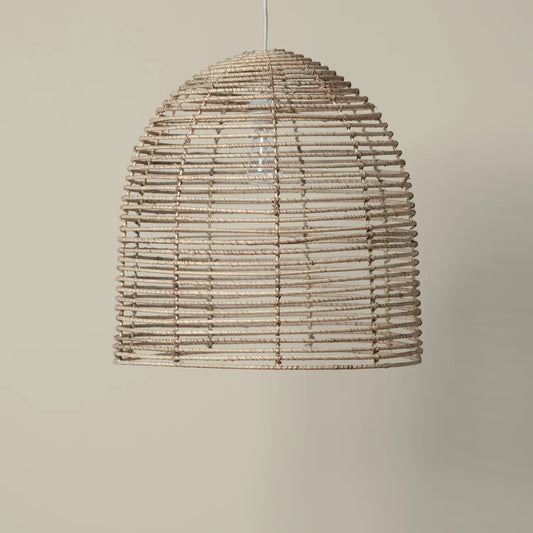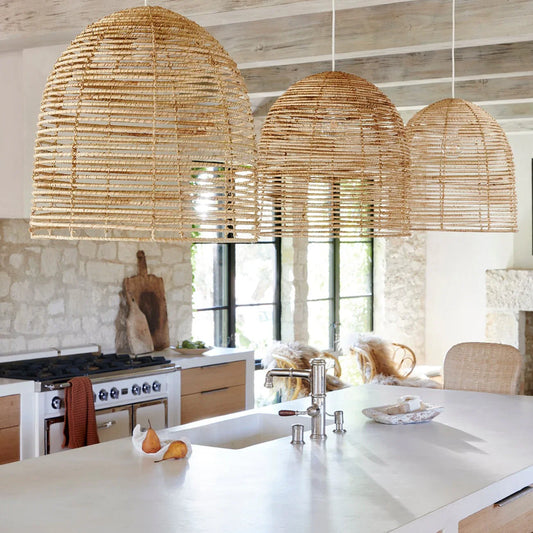How to Hang a Picture Light: Expert Tips and Techniques
KLOE LIGHTINGHave you ever wondered how to truly make your favorite artwork stand out? The right picture light can do wonders—drawing attention to every brushstroke, color, and detail while adding a touch of elegance to your room. But where do you start?
In this guide, we’ll answer all your questions, including the best type of light for your painting or print, the height for it to be hung, and the perfect positioning to let your art shine. With a few simple tips, you’ll transform your walls into a stunning gallery that highlights your cherished art beautifully. Let’s get started!
- Choosing picture lights based on your artwork
- How high should a picture light be above a picture?
- Positioning your picture light
- How to hang a picture light properly?
- Safety first
- Installation steps
- Electrification system
- Hardwired fixtures
- Plug-in models
- Battery-operated lights
- Electrification options overview
- The size of the picture light
- Reference measurements
- Consider the frame's impact
- Size comparison
- The light source
- Light types overview
- Light specifications
- Specification summary
- Conclusion
Choosing picture lights based on your artwork
Selecting the right picture light is key to showcasing your artwork in its best light—literally. The right fixture doesn’t just illuminate; it enhances the details, preserves the art, and ties the space together. Here’s a clear and helpful guide to get you started:

Picture lights enhance the beauty and vibe of your artwork, bringing it to life with the perfect illumination. Source: The limehouse lamp company (1)
Size matters
To start, size matters. The light should be proportional to the artwork, ideally half to two-thirds of its width. This ensures an even, flattering glow that highlights every detail without overwhelming the piece. For instance, a 30-inch painting would pair beautifully with a 15 to 20-inch light.
Style synergy
Style is another crucial factor. The right fixture complements the artwork’s aesthetic, creating a beautiful harmony.
Sleek, modern lights can emphasize the boldness of abstract pieces, while ornate, vintage-inspired designs enhance the timeless charm of classical works. It’s about creating a visual synergy that draws attention and admiration.
Lighting type
Don’t forget the importance of the light source itself. LEDs are a standout choice, offering energy efficiency, minimal heat output (essential for preserving your art), and customizable color temperatures.
Whether you want a warm, inviting glow or a bright, crisp atmosphere, LEDs have you covered. These bulbs come in various color temperatures, ranging from warm white (around 2700K) to cool daylight.

Choose picture lights based on the artwork's colors, brightness, and vibe to ensure they harmonize with the overall feel of your home. Source: Mid South Night Light (2)
Technical specifications
To make your colors pop, always aim for a high CRI (Color Rendering Index) of 90 or above, ensuring every hue is as vivid and true-to-life as possible. Plus, with dimmable options, you’ll have complete control over the ambiance.
| Light Source | Characteristics |
| LED | Energy-efficient, long-lasting, low heat |
| Incandescent | Warm glow but generates significant heat |
| Halogen | Bright light, but not as efficient as LED |
By assessing these parameters, you can create a cohesive and inviting display that highlights your favorite pieces of art.
How high should a picture light be above a picture?
Getting the height right when hanging your picture light can make all the difference in achieving the perfect illumination for your painting.
Optimal height
The optimal placement is about 6 to 7 inches above the top of your artwork. This distance allows the light to gently wash over the piece, highlighting its beauty without creating harsh shadows.
If your artwork is on the larger side, you might want to adjust the light a bit higher to ensure it gets the coverage it needs without losing that elegant look.

Select the right height and size to perfectly highlight your artwork and enhance its presence. Source: Perfect Picture Lights (3)
Reduced glare
Aim for a slight downward angle when mounting the light. A tilt between 30 to 45 degrees streamlines illumination while reducing glare. This way, viewers can appreciate the art’s colors and textures without distractions.
Visual alignment
When positioning your picture light, also think about visual alignment. The light should be centered horizontally above the artwork for a balanced, cohesive look. This attention to detail not only enhances the piece's dimensions but also brings out its colors and nuances, allowing your art to truly stand out.
So, to recap:
- Position the light about 6 to 7 inches above the frame for standard-sized artwork.
- For larger pieces, consider raising the light slightly higher.
- Mount the light at a 30 to 45-degree angle downward to reduce glare and ensure even lighting.
Following these guidelines will help you craft an aesthetically pleasing and functional art display that exudes sophistication.

Follow these rules to easily and accurately install your picture light for the best results. Source: Juniper Design (4)
Positioning your picture light
Correctly positioning the picture light can significantly influence how viewers perceive the artwork and its vibrancy.
Center above the artwork
Position the light directly above the artwork, allowing it to be a focal point of illumination. When centered, the light ensures that both sides of the artwork receive adequate illumination, avoiding any hot spots that can disrupt the overall aesthetic.
Adjust for correction
After securing the mounting brackets, hang the light and adjust its angle slightly as necessary. A slight tilt can effectively direct more light towards the center of the artwork, allowing for richer colors and greater detail visibility.
Positioning checklist
- Alignment: Center the light directly over the piece.
- Height adjustment: Make sure the base of the light is about an inch above the frame.
- Angle: Ensure that the fixture is angled downwards to eliminate glare.
Taking these considerations into account will help ensure that your artwork shines vividly, captivating anyone who gazes upon it.

Hang your pictures and lights strategically to maximize their impact. Source: Perfect Picture Lights (5)
How to hang a picture light properly?
Hanging a picture light correctly requires thoughtful preparation and execution to achieve the desired effects.
Start by determining the ideal positioning based on the previous section about optimal height and alignment. Mark the spots for the mounting bracket on the wall using a level to ensure accuracy. The bottom of the light's shade should align about one inch above the frame of the picture.
Safety first
If you’re not experienced with electrical work, especially with wired versions, consider enlisting a qualified electrician. If you’re working with battery-operated or plug-in fixtures, always follow the manufacturer’s instructions to avoid mishaps.
Installation steps
Installing a picture light may seem like a small task, but getting it right can make all the difference in how your artwork is illuminated and appreciated. Here's a breakdown of the steps to ensure your installation is smooth and effective:
Mark the positioning
Start by carefully measuring where you want to place your picture light. Use a level to ensure the light will be straight once mounted.
Mark the spot with a pencil so you have clear reference points for both the horizontal and vertical positioning of the light.
Drill and anchor
Once you have your marks in place, it’s time to drill pilot holes. The size of your drill bit should match the size of the anchors or screws you’ll be using.
If you're mounting onto drywall, anchors are essential to keep the fixture secure. Be sure to drill straight and at a proper depth for the anchors to fit snugly.
Mount the fixture
Now that your anchors are in place, attach the light fixture securely. Double-check that it is level as you do this.
Tighten the screws gently, but ensure the fixture is firmly held in place without wiggling. If you're using a fixture with adjustable arms, make sure the main body is secure before adjusting its position.
Final adjustments
Once the light fixture is mounted, take a step back and assess the illumination. Tilt the fixture as needed to achieve even light distribution across your artwork. If necessary, adjust the angle to reduce glare or highlight specific details of the piece.

Picture lights can be easily installed on your own if you follow the right steps. Source: Mallory Nikolaus (6)
Electrification system
Understanding how the electrification system works for your picture lights is vital to ensure an efficient and elegant setup. There are multiple electrification options available that cater to different installation needs and preferences.
Hardwired fixtures
For a permanent and seamless installation, hardwiring the picture light directly to a junction box is often the best option. This method eliminates visible cables, offering a clean aesthetic. It’s ideal for those who want a professional feel in their space.
Plug-in models
If flexibility is essential for your installation, opting for plug-in models allows you to change the light's position easily. These fixtures are particularly useful if you often rotate artwork or change decor frequently.
Battery-operated lights
For those who prefer a wire-free approach, battery-operated picture lights present an excellent solution. They can be installed effortlessly anywhere without the need for outlets.
However, keep in mind they require regular battery changes to maintain functionality, making them slightly less convenient for long-term use.
Electrification options overview
- Hardwired: Permanent, cable-free, requires professional installation
- Plug-in: Flexible positioning, easy to relocate
- Battery-operated: Versatile and no wiring, regular battery changes needed

There are a few standout options when it comes to choosing hanging picture lights. Source: Pinterest (7)
Choosing the right electrification method enhances the overall aesthetic and functionality of your artwork display.
The size of the picture light
The size of your picture light directly impacts how effectively the piece it illuminates can be appreciated.
Choosing the right dimensions ensures that the artwork is appropriately highlighted without overwhelming it.
Reference measurements
As a rule of thumb, the width of the picture light should be half to two-thirds the width of the artwork for effective coverage. Therefore, for a 36-inch painting, a fixture between 18 to 24 inches wide would work best.
This guideline is crucial for maintaining aesthetic balance while ensuring light distribution is uniform and effective.
Consider the frame's impact
While focusing on the light's width, do not overlook the frame's thickness, as it can slightly alter the necessary position of the light.
Frames with considerable depth may require you to adjust the standoff from the wall to avoid casting shadows on the artwork.

The frame’s size, depth, and style can influence both the light placement and how well the artwork is illuminated. Source: The Lighting Company (8)
Size comparison
| Artwork Width (inches) | Recommended Light Width (inches) |
| 24 | 12 to 16 |
| 30 | 15 to 20 |
| 36 | 18 to 24 |
Carefully selecting the size of the picture light keeps your display harmonious, ensuring that your artwork remains the star of the show while still benefiting from beautifully diffused illumination.
The light source
The type of light source utilized in your picture light affects not only the efficiency of the lighting but also the essence of the artwork itself. Thus, understanding the benefits of each type is paramount.
LED lights
LEDs stand out as the most recommended for picture lights due to their energy efficiency, long lifespan, and low heat emission. The low heat output plays a critical role in protecting delicate artworks from damage over time.
Moreover, LED bulbs are available in various color temperatures, making them versatile enough to craft the ambiance you desire in a particular room.
Incandescent lights
While incandescent bulbs provide a warm glow, they generate substantial heat, which may not be suitable for art preservation. They're often less efficient, which could result in higher electricity bills in the long run.
Halogen lights
Halogen bulbs offer bright, crisp illumination, but they, too, are notorious for heat generation. They provide excellent color accuracy but may necessitate a bit more caution when used near fragile artworks.
Light types overview
| Light Type | Pros | Cons |
| LED | Energy-efficient, long-lasting, low heat | Initial cost |
| Incandescent | Warm light, good color rendering | High heat, less efficient |
| Halogen | Bright and crisp, good color accuracy | High heat |
Understanding the strengths and weaknesses of various light sources allows you to make an informed decision, optimizing both the beauty of your artwork and its longevity.
Light specifications
When it comes to picture lights, specifications matter. These details influence how art is presented and perceived, affecting the overall atmosphere of the space.
Brightness levels
For optimal effect, your picture light should be at least three times brighter than the surrounding ambient light. This ensures that your artwork stands out and draws attention, while still blending with the rest of the room.
Too much brightness, on the other hand, could overwhelm the art or create harsh contrasts, so finding the right balance is key.
Dimming features
Dimmable picture lights add another layer of customization, allowing you to adjust light intensity as desired. This feature is particularly useful during different times of day or when hosting gatherings, where light requirements may vary.

Consider the following factors when selecting the perfect picture light for your artwork. Source: Mullan Lighting (9)
Light temperature
A range between 2700K to 3000K is ideal for creating a warm, inviting atmosphere while ensuring that the colors in your artwork are accurately represented. This range promotes color richness without being too harsh or artificial.
Avoid overly cool tones unless you're aiming for a more contemporary, edgy vibe, as these can make the art feel too cold or stark in certain settings.
Specification summary
| Specification | Recommended value |
| Brightness | 3x ambient light |
| Color Temperature | 2700K to 3000K |
| Dimming Capability | Yes (recommended) |
Understanding these specifications allows you to select a picture light that not only meets practical requirements but also enhances the experience of viewing your artwork.
Conclusion
In short, getting the picture light just right isn’t just a small task – it’s the secret ingredient to turning your art into a captivating masterpiece. Every little detail, from picking the perfect size and style to positioning the light just right, can transform your art into the star of the show.
With a little effort, you can create a space where your art gets the attention it truly deserves, adding that extra touch of personality and style to your home!
Source of image:
- [1]: https://limehouselighting.co.uk/wp-content/uploads/2020/04/Blenheim-Tube-Picture-Light-25%E2%80%B3BL25.jpg
- [2]: https://www.mid-southnightlights.com/hubfs/Lighting%20temp%20guide.jpeg
- [3]: https://cdn.perfectpicturelights.com/files/Picture530.jpg
- [4]: https://encrypted-tbn2.gstatic.com/images?q=tbn:ANd9GcT_UKv-OnVkS0KRpDDxN5cvmUIUbZQnBrgm4lYdYq6GnIQ58B6q
- [5]: https://encrypted-tbn3.gstatic.com/images?q=tbn:ANd9GcTg0e8JJdGKpvYdBYVm4BGBOR77UNmnPdrlviBVOSx4C3PmTA0W
- [6]: https://mallorynikolaus.com/wp-content/uploads/2023/12/picture_lights_1.jpg
- [7]: https://i.pinimg.com/564x/61/55/f0/6155f0ce6a101ac0adb976a8e91ccfda.jpg
- [8]: https://www.lightingcompany.co.uk/blog/wp-content/uploads/2023/02/INE0775_LS1.jpg
- [9]: https://encrypted-tbn3.gstatic.com/images?q=tbn:ANd9GcRVobaQxtVq77NOkzoI86bRrRCTRtnDmMJaLxd0CaLqN6OAgyvS

